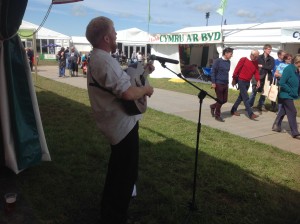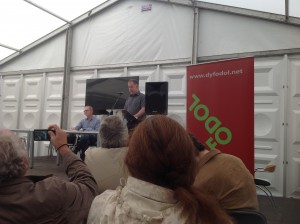Dyfodol i’r Iaith have called for the Welsh language to be an essential requirement for Additional Learning Needs Leader posts in Wales. These posts, within the four Education Consortia, have been advertised in the Guardian, with the ability to speak Welsh noted as being only ‘desirable’.
Dyfodol stated, “It is extremely disappointing that the Regional Education Consortia in Wales cannot see the need for Additional Learning Needs Leaders to be able to speak Welsh.
Over the past few years, the language has had insufficient attention within the field of additional learning needs. It is time to change this, so that children who attend Welsh language schools are treated equally in terms of language skills and educational development.
Although two of the consortia note that that the ability to speak Welsh is ‘highly desirable’, for these posts, this is not good enough. Those who are appointed need to have a thorough knowledge of the language situation in Wales. Being able to discuss this area through the medium of Welsh is an essential part of this, as is a thorough knowledge of the needs of Welsh-speaking and bilingual pupils.”



